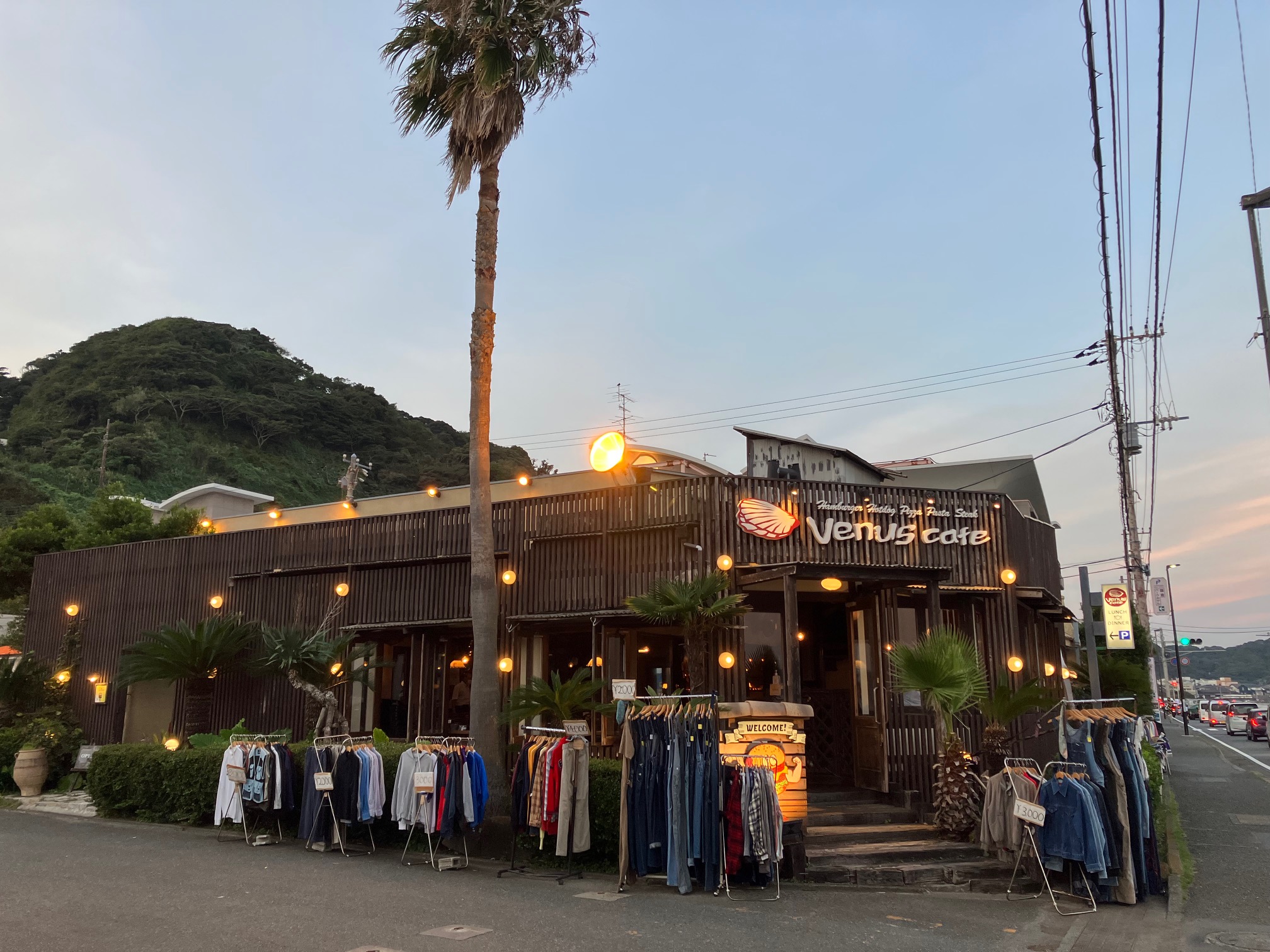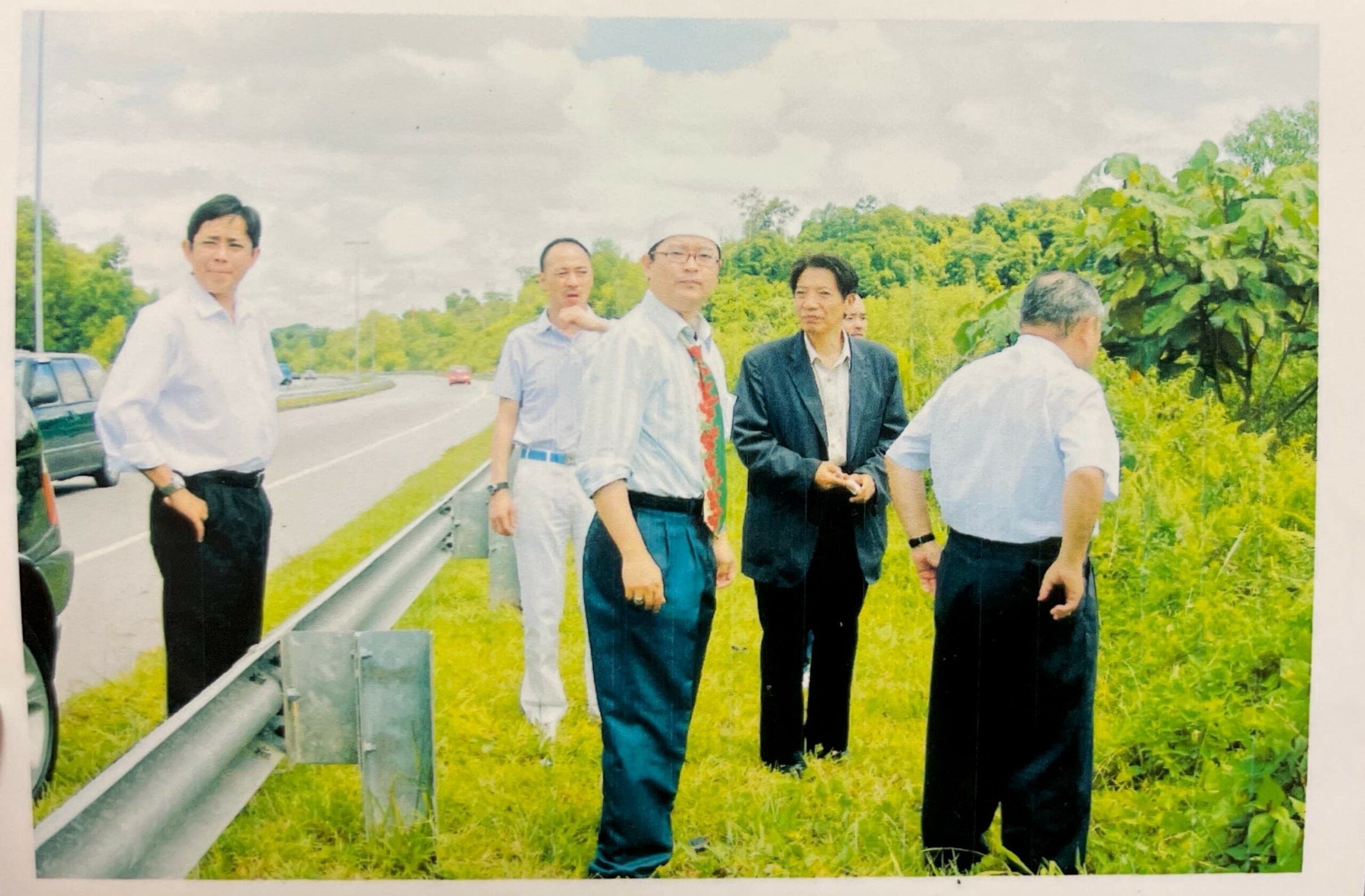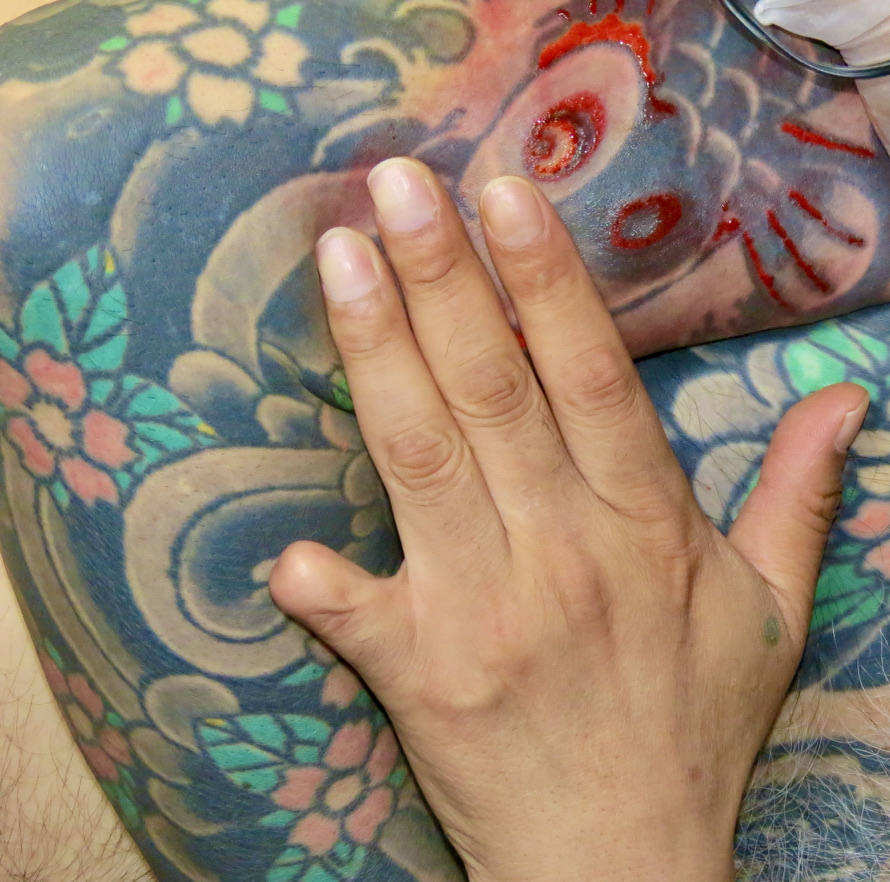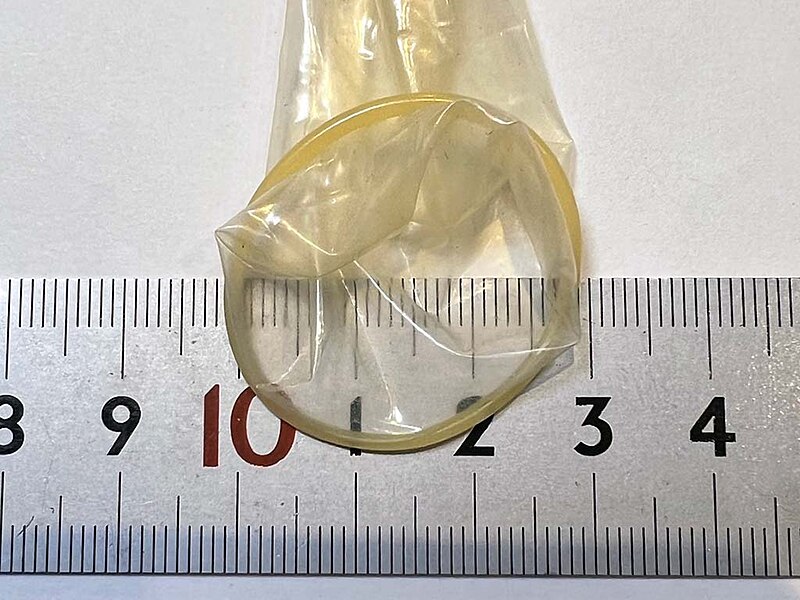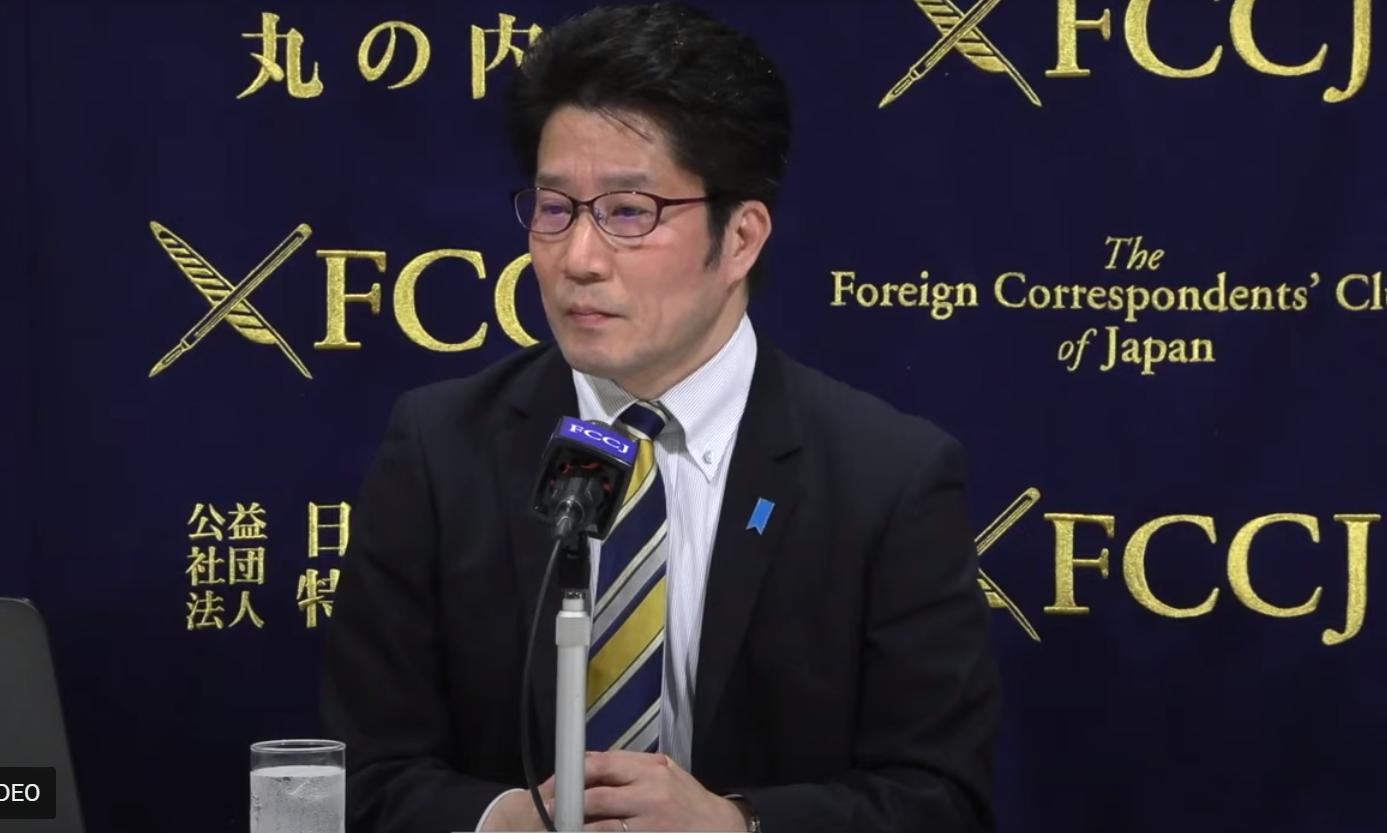- Wed. May 15th, 2024
Latest Post
How a sumo tournament led to the downfall of the yakuza
The yakuza, Japan’s infamous organised crime syndicates, have gone into a death spiral in recent years and Jake Adelstein says it is partly due to an incident at a sumo…
Bring Them Home: Ongoing Battle for Japanese Hostages in North Korea
It's been 46 years since Takumi Yokota last saw his sister Megumi. Their family was just like any other, until Megumi became one of the many Japanese hostages held captive…
Tokyo Vice Vice-O-Pedia: Why Do Yakuza Chop Off Their Fingers or The Art of ENKOZUME (エンコ詰め)
Ever spotted something odd about someone’s hands nearby? Everything seems ordinary until you notice it: one finger joint missing, maybe a whole finger, maybe several. lt leaves a noticeable gap.…
Sign for Tigran and Nadeem: Demand Their Freedom Now!
No news yet on the release of Tigran Gambaryan and Nadeem Anjarwalla, who continue to be unjustly detained. As days pass, their families grow increasingly desperate for answers. Yuri Gambaryan,…
Cybercrime Fighting Heroes Held Hostage In Nigeria; Free Tigran and Nadeem
Tigran Gambaryan's career is anchored by one constant: an unwavering dedication to justice He put child pornographers and crypto-criminals out of business. Now he's being held hostage in Nigeria, a…
Battle for Venus: Kamakura’s 68-Year-Old Cafe Faces Forced Eviction
The iconic 68-year-old Venus Café faces demolition, yet Kamakura City stands firm, leaving no room for discussion or clarification.
The Silent Fraud: How A Brunei Group of Conmen Swindled Japanese Nationals for Years
For years, Brunei has been ensnaring over 100 Japanese nationals in scams, while authorities from both sides fail to collaborate toward a resolution.
Japan’s Finest: The Top 3 Condoms for Your Pleasure
On the hunt for the perfect condom to suit your needs? Look no further — here are the top three preferences in Japan!
Tokyo Vice Vice-O-Pedia: Nuclear workers (原発作業員)
The Japanese underworld thrives beneath the surface, weaving a subterranean society that infiltrates every corner of Japanese life. The Yakuza, Japan’s infamous mafia, proudly upholds age-old structures and rituals tracing…
The Evaporated: 神隠し(かみかくし)Gone with the Gods –On Air now
People have a habit of vanishing in Japan---even hundreds of years ago, it happened often enough that myths were created to explain these sudden disappearances. 神隠し (kamikakushi)--to be hidden by…
The Tokyo Vice Vice-0-Pedia: Your Snarky Guide To The Japanese Underworld
Japan's underworld is a fascinating blend of Edo-era rituals and intriguing personalities. In this article, we'll introduce you to three of them.
